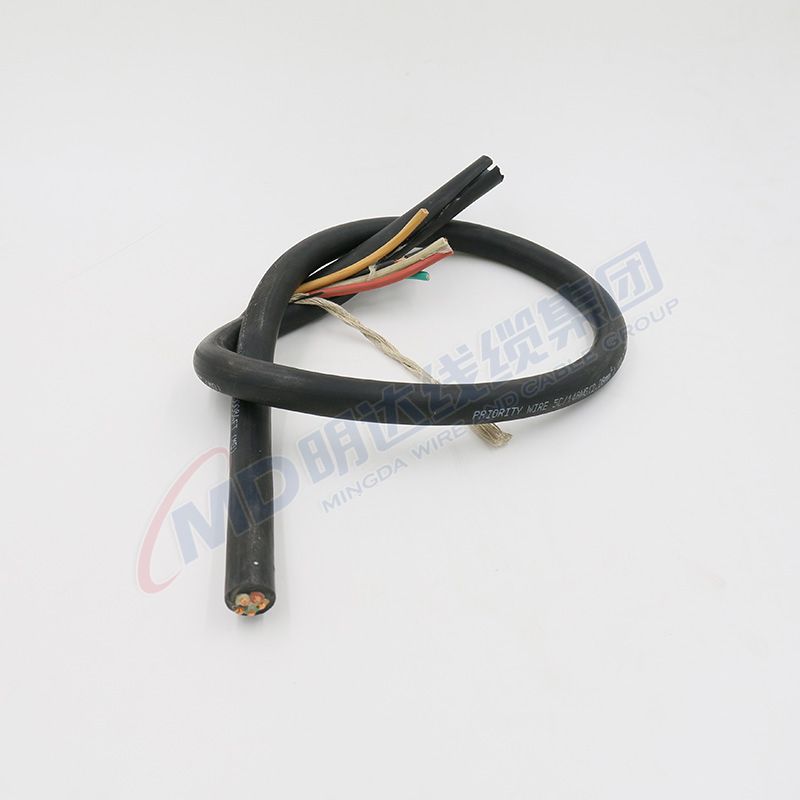Dec . 05, 2024 15:25 Back to list
epdm rubber expansion joint
Understanding EPDM Rubber Expansion Joints Key Features and Applications
EPDM (Ethylene Propylene Diene Monomer) rubber expansion joints are essential components in various piping and industrial systems. They are designed to absorb movement and vibration, making them crucial for maintaining the integrity of pipes and other systems. This article delves into the key features, benefits, and applications of EPDM rubber expansion joints.
What is EPDM Rubber?
EPDM rubber is a synthetic rubber that is particularly known for its excellent resistance to heat, ozone, and aging. Its unique molecular structure allows it to maintain flexibility and durability even under extreme weather conditions. These characteristics make EPDM an ideal material for expansion joints, particularly in environments that experience significant thermal expansion and contraction.
Key Features of EPDM Rubber Expansion Joints
1. Flexibility and Elasticity EPDM rubber is inherently flexible, enabling it to absorb vibrations and movements in a piping system. This flexibility helps prevent damage to pipes, fittings, and surrounding structures.
2. Chemical Resistance EPDM is resistant to a wide range of chemicals, including water, steam, detergents, and some acids and bases. This resistance ensures that EPDM rubber expansion joints can be used in various industries, including chemical processing and wastewater treatment.
3. Temperature Tolerance EPDM rubber can withstand temperature fluctuations, with a service temperature range typically between -40°F to 300°F (-40°C to 150°C). This range allows EPDM expansion joints to function effectively in both hot and cold environments.
4. Durability The aging-resistant properties of EPDM rubber ensure a long life span for expansion joints. This durability reduces the need for frequent replacements, leading to cost savings over time.
5. Installation Ease EPDM rubber expansion joints are relatively easy to install. They can be connected to various piping systems without the need for special tools or modifications, streamlining the installation process.
Benefits of Using EPDM Rubber Expansion Joints
epdm rubber expansion joint

- Vibration Dampening The primary function of expansion joints is to absorb shock and vibration
. This dampening effect helps protect equipment and extend the lifespan of pipes.- Pressure Relief EPDM expansion joints allow for the natural expansion and contraction of pipes due to temperature changes, thereby relieving pressure build-up that could otherwise lead to leaks or bursts.
- Reduced Noise By minimizing vibrations, EPDM expansion joints can also reduce noise levels within piping systems, contributing to a quieter working environment.
Applications of EPDM Rubber Expansion Joints
EPDM rubber expansion joints are widely used across various industries, including
- Water and Wastewater Treatment They are commonly utilized in pumping stations, treatment plants, and piping networks to manage movement and pressure changes.
- Chemical Processing Their resistance to a range of chemicals makes them suitable for use in chemical plants and petrochemical facilities.
- HVAC Systems EPDM expansion joints are employed in heating, ventilation, and air conditioning systems to accommodate thermal expansion and contraction.
- Power Generation In power plants, these joints help manage large temperature variations in cooling and exhaust systems.
Conclusion
In conclusion, EPDM rubber expansion joints are vital for maintaining the functionality and longevity of piping systems. With their unique combination of flexibility, chemical resistance, temperature tolerance, and durability, they offer significant advantages in various industrial applications. By incorporating EPDM expansion joints, industries can enhance the reliability and performance of their operations, ultimately contributing to better efficiency and lower maintenance costs. Whether in water treatment, chemical processing, or HVAC systems, EPDM expansion joints stand out as smart investments for modern engineering needs.
Share
-
Advanced Technology in Wire and Cable FactoryNewsAug.19,2025
-
Applications of Ball Check Valve in Water Treatment PlantsNewsAug.19,2025
-
How Osy Gate Valve Ensures Leak - Tight SealingNewsAug.19,2025
-
Selection Criteria for Wafer Type Butterfly ValveNewsAug.19,2025
-
Threaded Ball Valve Pressure RatingsNewsAug.19,2025
-
Y Strainer PN16 Cost - Effectiveness AnalysisNewsAug.19,2025


